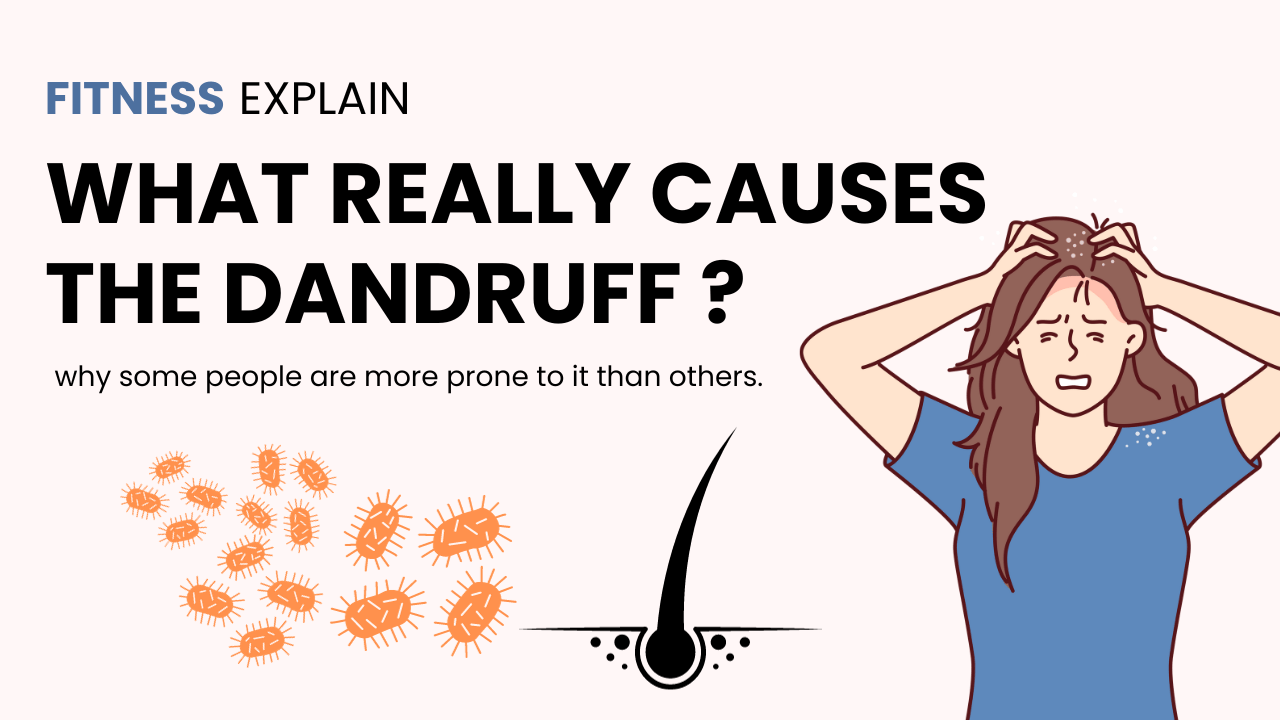The Life of Malassezia
In the intricate ecosystem of our scalps, a microscopic resident named Malassezia thrives, equipped with everything it needs for a constant feast. However, paradise takes a turn when about half of the human population experiences the consequences of Malassezia’s activities in the form of dandruff. Let’s delve into the intriguing world of dandruff and explore why some people are more prone to it than others.
Here's what we'll be covering in this article
Microbial Colonies
Our skin, despite our perception of individuality, is a thriving colony hosting billions of microbes. Malassezia, a type of yeast, becomes a resident on our skin shortly after birth, finding comfort in the follicles that grow hairs all over our body. The scalp, with its sebum-secreting follicles, becomes a particularly favored habitat, making it one of the yeastiest places on our body.
Malassezia’s Evolution
Malassezia evolved to consume the proteins and oils on our skin, with a particular affinity for the sebum secreted by our scalp’s follicles. As these fungi feast on the scalp’s oils, dandruff may emerge, driven by the composition of sebum and the unique way Malassezia consumes it.
How Dandruff Takes Root ?
Malassezia’s enzyme selectively consumes saturated fats in sebum, leaving behind unsaturated fats that disrupt the skin barrier. This breach prompts a defensive response from the body, causing inflammation and itchiness. The accelerated production of skin cells to repair the barrier results in the formation of visible flakes, giving rise to dandruff.
Effective Treatments for Dandruff
Currently, the most effective way to combat dandruff is through the use of antifungals found in specialized shampoos. These treatments directly target Malassezia, providing relief as sebum secretions vary throughout an individual’s lifetime due to hormonal changes.
Western medicine offers a range of treatments, from regular cleansing with gentle shampoos to specialized formulations designed to target the root causes of dandruff. In this guide, we explore the diverse options available to manage dandruff, emphasizing the importance of finding the right routine for individual needs.
Regular Cleansing:
For mild cases of dandruff, the initial approach involves regular cleansing with a gentle shampoo. This helps to reduce oil and skin cell buildup on the scalp. If the symptoms persist, the next step is to consider a medicated dandruff shampoo.
Medicated Dandruff Shampoos:
Medicated dandruff shampoos play a crucial role in controlling symptoms. Some individuals may tolerate using these shampoos two to three times a week, supplementing with regular shampooing on other days if necessary. For those with drier hair, less frequent shampooing coupled with a moisturizing conditioner can be beneficial.
Variety of Products:
Hair and scalp products, both medicated and non-medicated, come in various forms such as solutions, foams, gels, sprays, ointments, and oils. Finding the right product might require experimentation, and individuals may need to explore different options to determine the most effective routine.
Caution with Allergic Reactions:
If itching or stinging occurs with any product, discontinuation is advised. Allergic reactions, including rashes, hives, or difficulty breathing, require immediate medical attention.
Classification of Dandruff Shampoos:
Dandruff shampoos are categorized based on the active ingredients they contain. These include:
- Pyrithione zinc shampoos
- Tar-based shampoos
- Shampoos with salicylic acid
- Selenium sulfide shampoos
- Ketoconazole shampoos
- Fluocinolone shampoos
Rotational Use for Effectiveness:
If a particular type of shampoo loses its effectiveness over time, alternating between two different types can be a strategy. Once dandruff is under control, a reduction in the frequency of medicated shampoo use is recommended for maintenance.
Follow Directions:
It is crucial to read and follow the directions on each shampoo bottle. Some products require a few minutes to take effect, while others need to be rinsed off promptly.
Seeking Professional Advice:
If dandruff persists despite regular use of medicated shampoos, consulting a doctor or dermatologist is advisable. They may recommend a prescription-strength shampoo or a steroid lotion for more targeted treatment.
Ayurvedic Treatments
Neem:
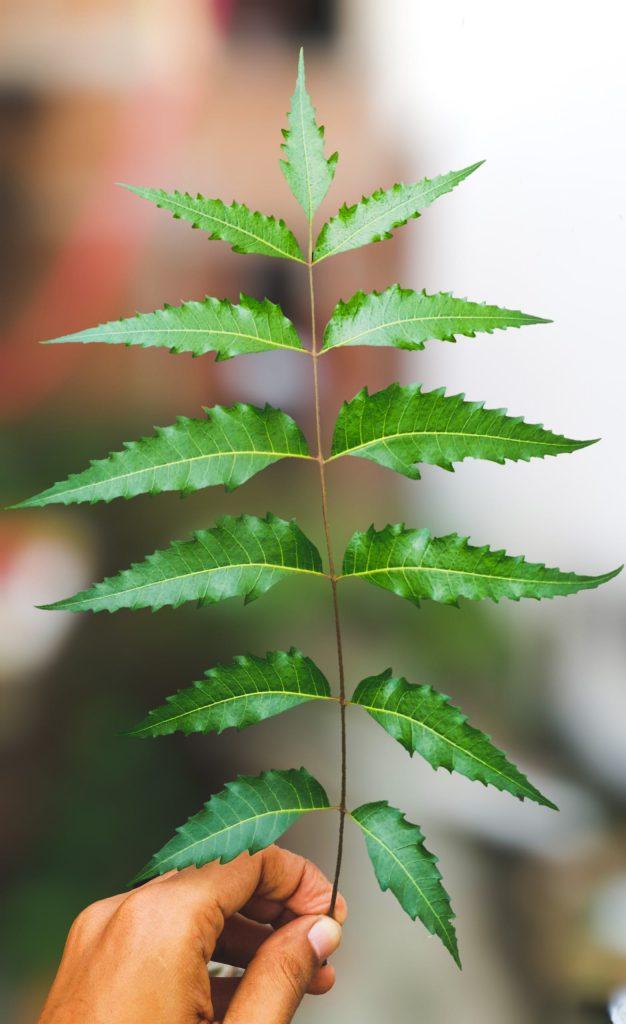
Neem, derived from the neem tree (Azadirachta indica), is known for its antibacterial and antifungal properties. Neem oil, when applied to the hair and scalp, helps combat dandruff. Additionally, a paste made from grinding neem leaves mixed with curds provides a natural remedy, known for its cleansing and nourishing effects on the scalp.
Methi (Fenugreek Seeds):
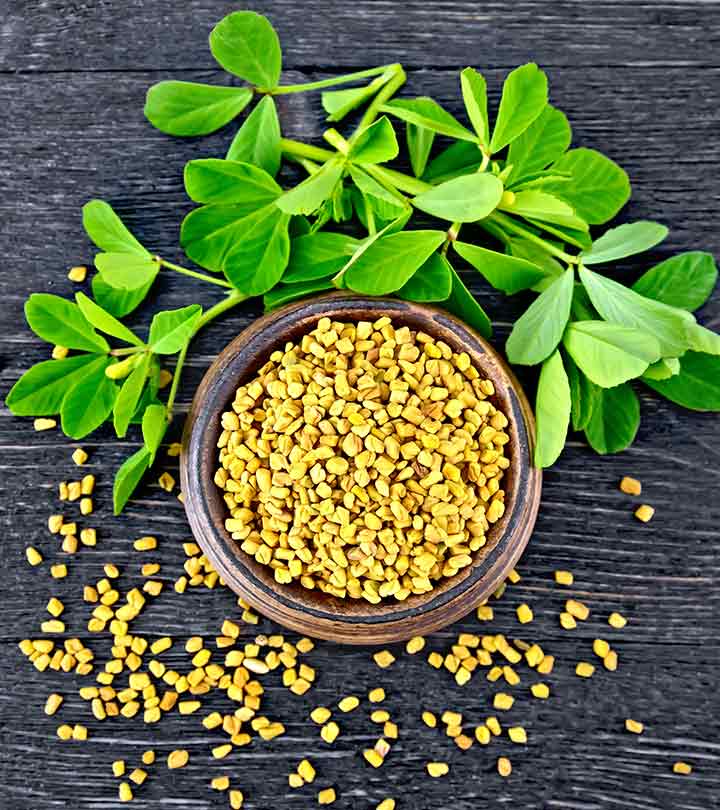
Methi or Fenugreek Seeds are renowned for their rich nutrient content and anti-inflammatory properties. Soaking and grinding fenugreek seeds into a paste, when applied to the scalp, not only aids in dandruff control but also nourishes the hair. Combining it with lemon juice, yogurt, or henna enhances its effectiveness, promoting a healthier scalp.
Lemon:
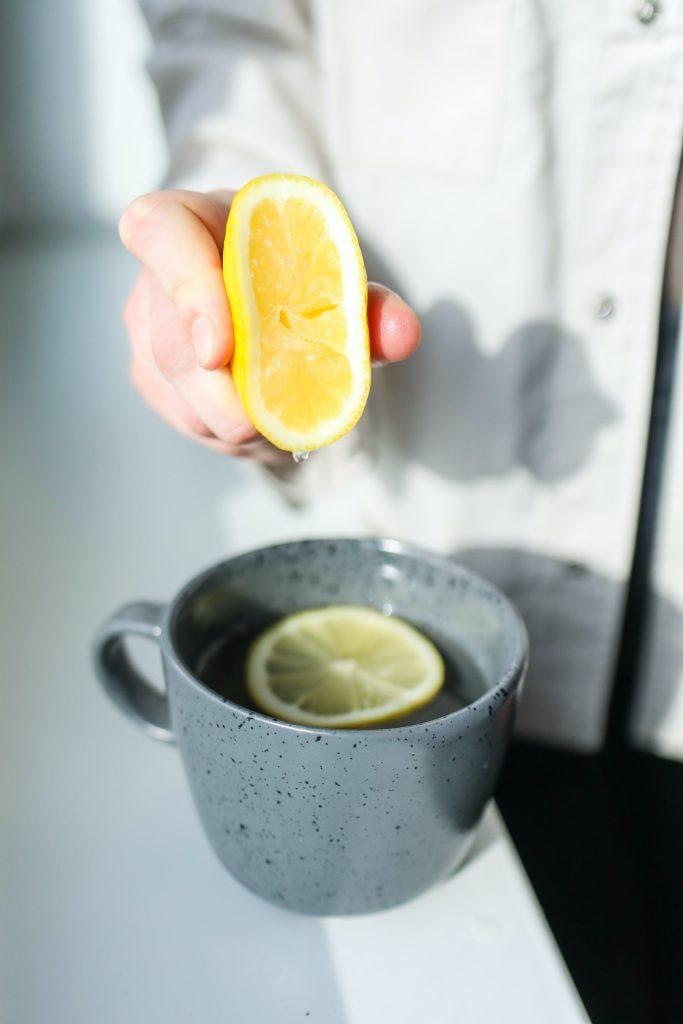
Lemon, with its citric acid, acts as a natural cleanser and helps balance the scalp’s pH. A mixture of fresh lemon juice, olive oil, and ginger extract provides a refreshing scalp treatment. Alternatively, a hair mask made from lemon peel powder, sandalwood powder, and multani mitti contributes to dandruff prevention and overall hair health.
Aloe Vera:

Aloe Vera, extracted from the leaves of the aloe vera plant, is known for its soothing and moisturizing properties. Applying aloe vera gel to the scalp not only helps alleviate dandruff but also nourishes the hair follicles. Leaving it on overnight allows for deeper penetration and effective treatment.
Amla:
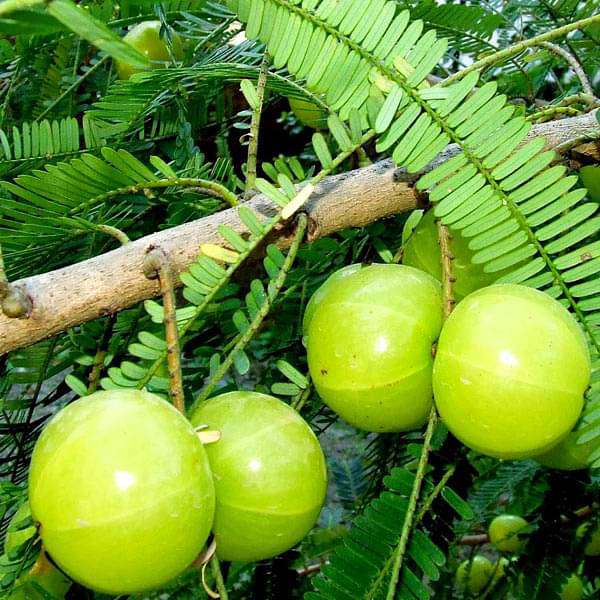
Amla or Indian Gooseberry is a powerhouse of vitamin C and antioxidants. Combining amla powder with ground tulsi leaves creates a potent mixture for dandruff control. This natural remedy promotes scalp health and, when used regularly, contributes to overall hair strength and shine. These Ayurvedic treatments leverage the inherent qualities of natural ingredients, each offering unique benefits for a holistic approach to dandruff management.
Genetics, Susceptibility, and the Enigma of Dandruff
While Malassezia colonizes everyone to a similar extent, not everyone experiences dandruff. Scientists are exploring genetic predispositions and the permeability of the skin barrier as potential factors. Research is ongoing to understand why certain individuals are more susceptible to dandruff and if there are underlying genetic or physiological reasons.
As scientists unravel the mysteries surrounding dandruff, the condition remains a head-scratcher. While it can be uncomfortable and embarrassing, dandruff is not contagious and poses no significant threat to health. Perhaps, in the intricate dance between Malassezia and our immune system, there are still undiscovered benefits to this complex relationship.


